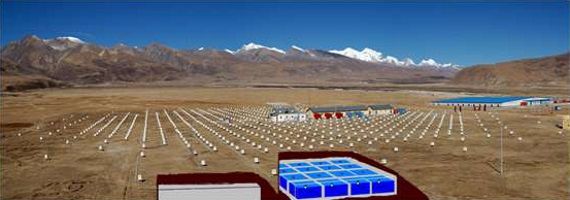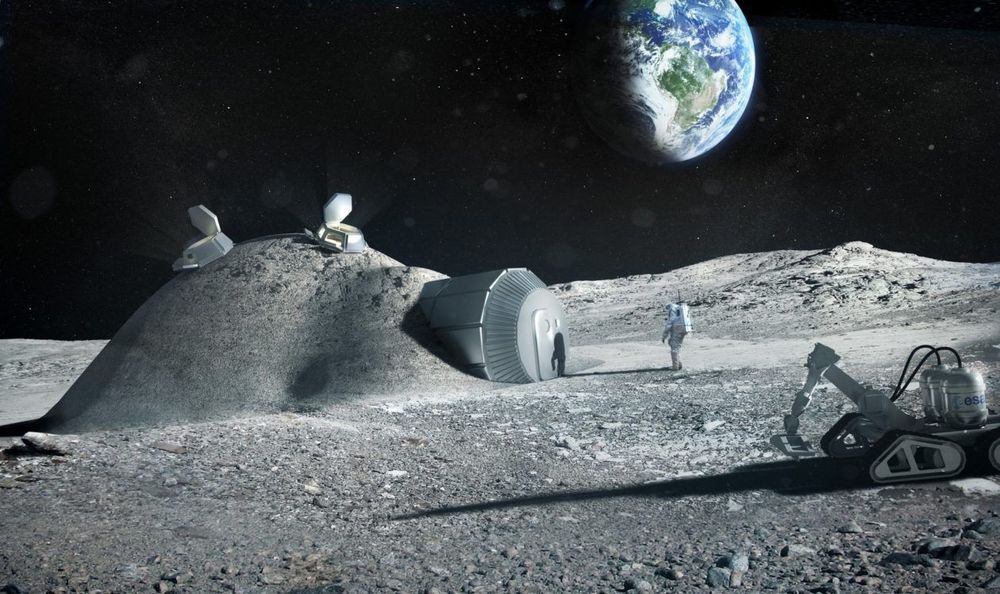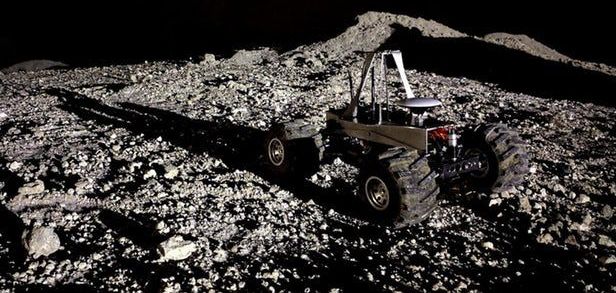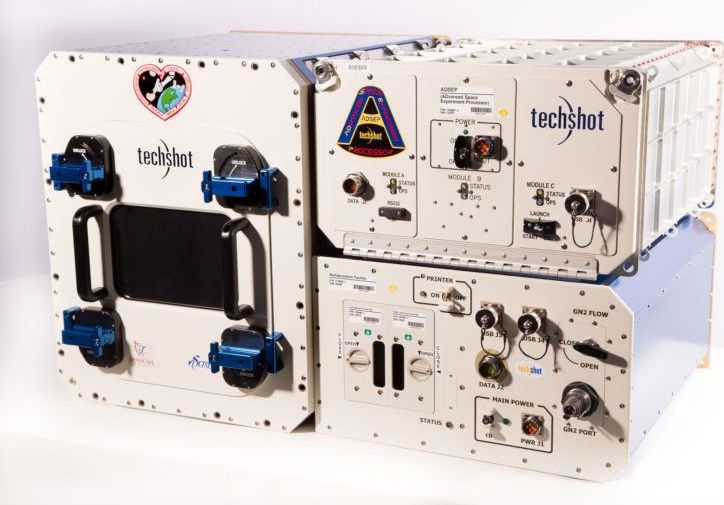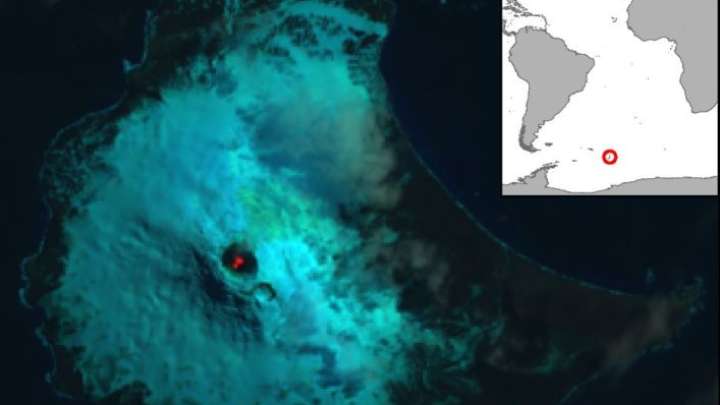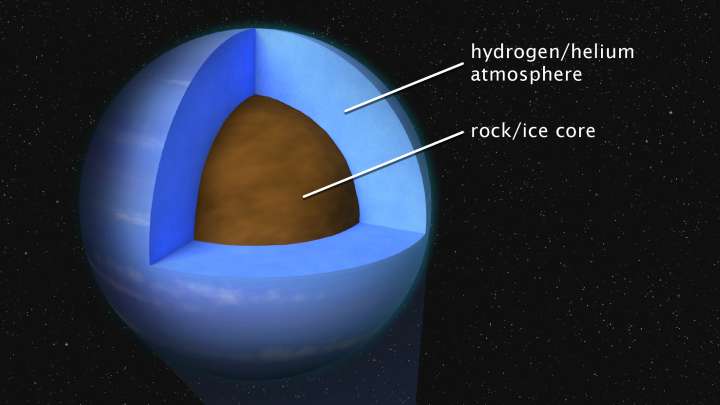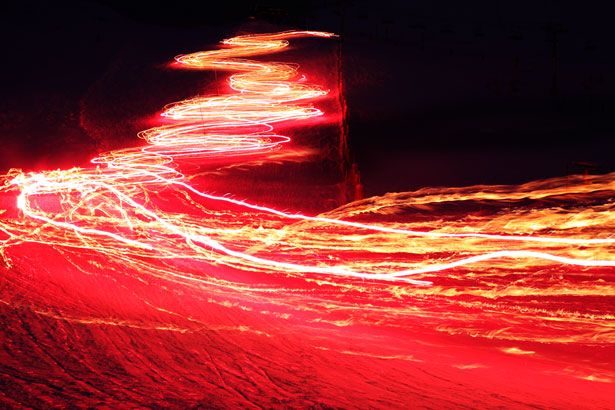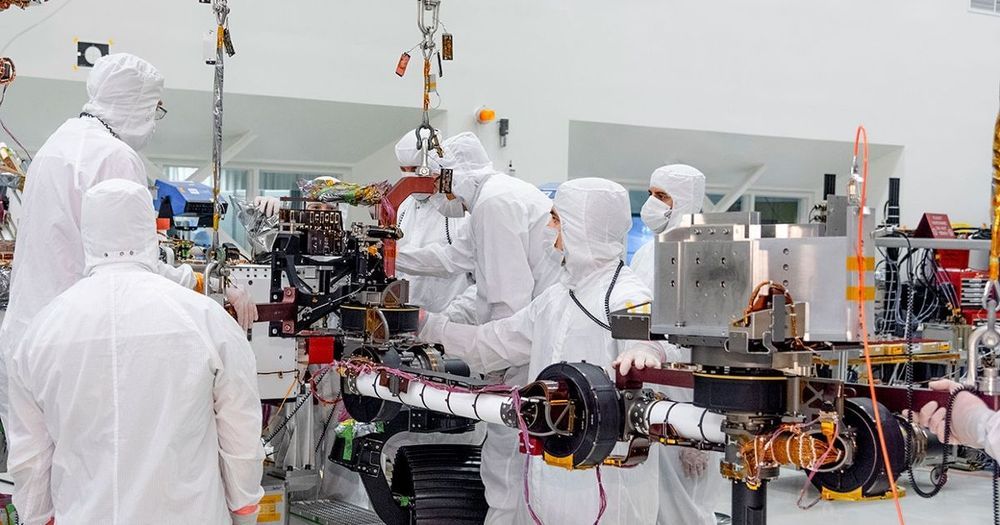Jul 7, 2019
What If Humanity Was A Type III Civilization? | Unveiled
Posted by Gerard Bain in categories: futurism, space
According to the Kardashev Scale, a Type III Civilization should be able to harness the power of an entire galaxy… Humanity isn’t quite there yet, but what will our lives be like if we ever do become an advanced, Type III, intergalactic species? In this video, Unveiled looks far into the future, to see how far humankind could possibly go as we continue to explore and understand the universe around us…
This is Unveiled, giving you incredible answers to extraordinary questions!
Continue reading “What If Humanity Was A Type III Civilization? | Unveiled” »

